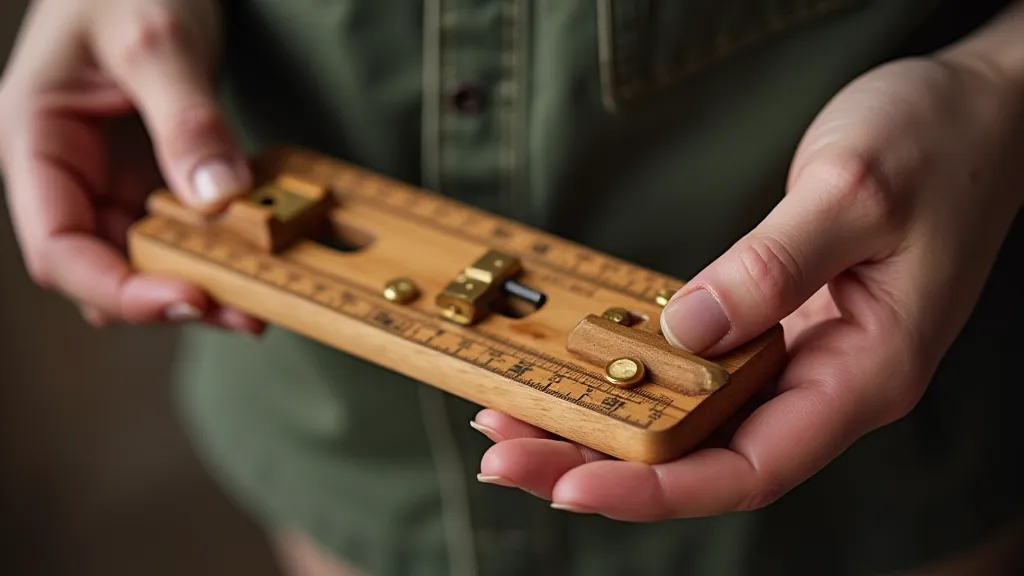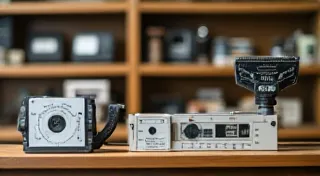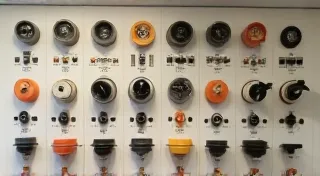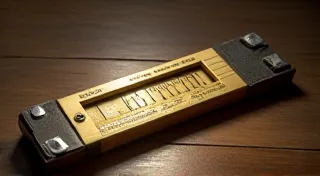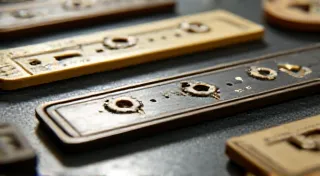Maintaining Wooden Slide Rules: Preventing Warping and Cracking
Wooden slide rules are beautiful and fascinating pieces of engineering history. Unlike their plastic counterparts, wooden slide rules present unique maintenance challenges related to the nature of wood itself. Understanding these challenges and taking preventative measures is crucial for preserving these vintage tools for generations to come. This guide offers specific advice for caring for your wooden slide rules, focusing on preventing warping, cracking, and other wood-related issues.
Understanding the Risks: Why Wood is Vulnerable
Wood is an organic material, meaning it’s constantly reacting to its environment. Key factors affecting wooden slide rules include:
- Humidity: Wood expands when it absorbs moisture and contracts when it dries. Fluctuations in humidity are the biggest culprit behind warping and cracking.
- Temperature: While less impactful than humidity, extreme temperature changes can also contribute to wood stress.
- Sunlight: Prolonged exposure to sunlight can dry out the wood, leading to brittleness and cracking.
- Improper Storage: Storing a slide rule in a poorly ventilated area or leaning against other objects can exacerbate these issues.
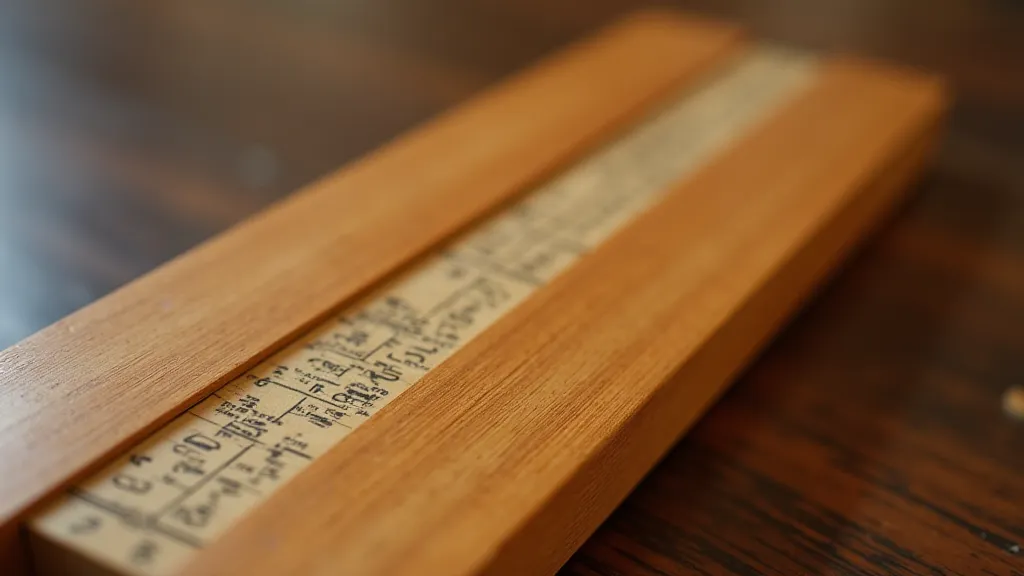
Preventative Measures: Daily Care and Storage
Consistent care is your best defense against damage. Here's a breakdown of steps you can take:
- Consistent Environment: Try to store your slide rule in a location with relatively stable temperature and humidity. Avoid damp basements or very dry, sunny areas. A room with moderate airflow is ideal.
- Avoid Direct Sunlight: Never store your slide rule in direct sunlight. Use a display case or cover it with a cloth to protect it.
- Gentle Cleaning: Dust your slide rule regularly with a soft cloth. Avoid using harsh chemicals or abrasive cleaners. If necessary, slightly damp cloth (with *distilled* water) can be used, but dry the slide rule thoroughly immediately afterwards.
- Avoid Extreme Temperatures: Don’t leave your slide rule in a car on a hot day or near a heat source.
- Proper Storage: When not in use, store the slide rule horizontally and supported evenly. Avoid leaning it against anything that might warp it. A custom-made slide rule case is an excellent investment.
Addressing Existing Issues: Minor Cracks and Warping
Even with careful maintenance, minor cracks or warping can sometimes occur. Here's what you can do:
- Small Cracks: For hairline cracks, applying a *very small* amount of furniture oil or beeswax can help seal them and prevent further splitting. Apply sparingly and wipe away any excess. *Caution:* Excessive oil can attract dust and dirt.
- Minor Warping: Sometimes, gentle, even pressure can help slightly warped slide rules return to their original shape. Place the slide rule between two flat, smooth surfaces (like two books) and apply gentle, consistent pressure for a period of time. This requires patience and caution, as excessive force can cause further damage. This is best left to experienced restorers for serious warping.
- Professional Restoration: For severe warping or cracking, consult a professional slide rule restorer or antique woodworker. They have the expertise and tools to properly repair the slide rule without causing further harm.
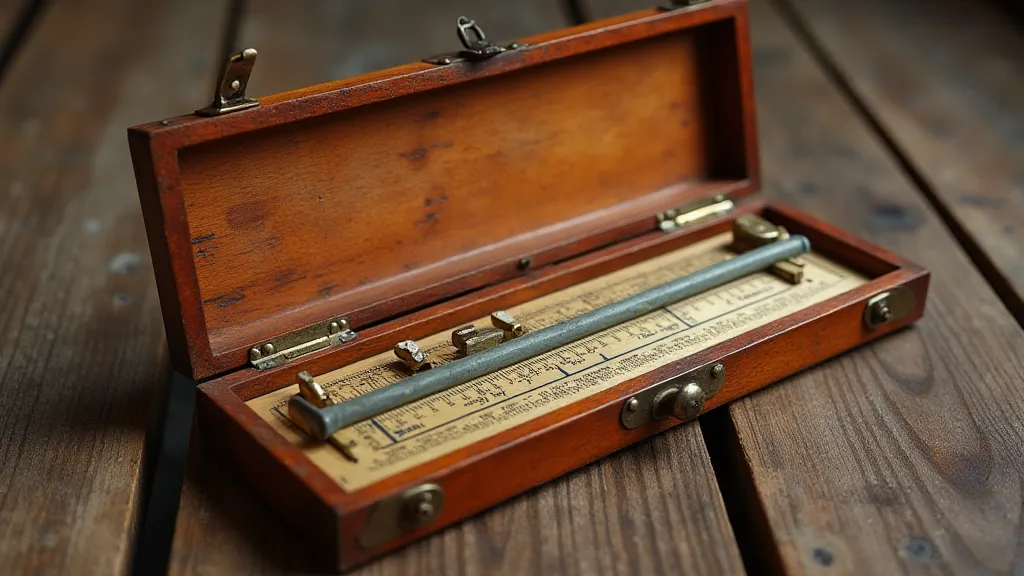
The Importance of Documentation
Keep a record of any repairs or treatments you perform on your slide rule. This documentation can be valuable for future owners and helps to maintain the slide rule's history and provenance.
Final Thoughts
Maintaining a wooden slide rule requires a bit more care than its plastic counterpart, but the reward is a beautifully preserved piece of engineering history. By understanding the challenges and taking preventative measures, you can ensure that your slide rule continues to function and inspire for years to come.
